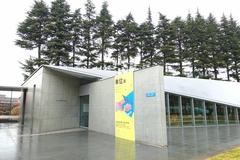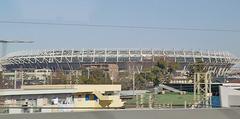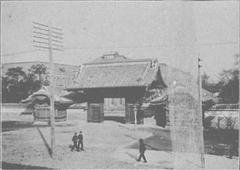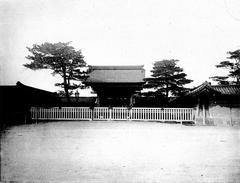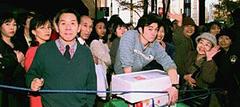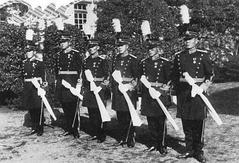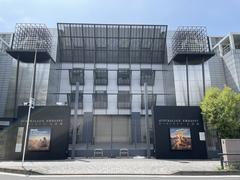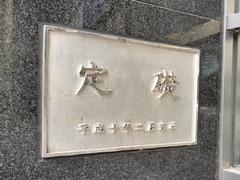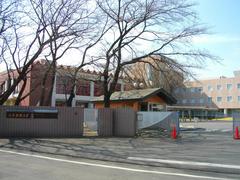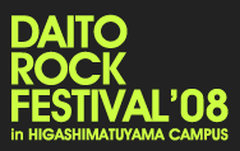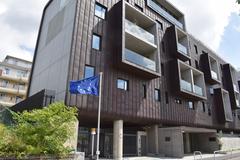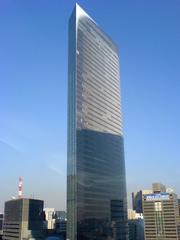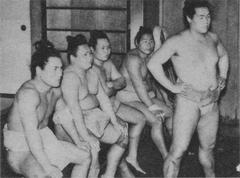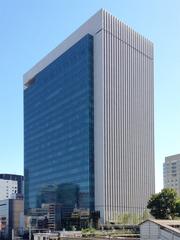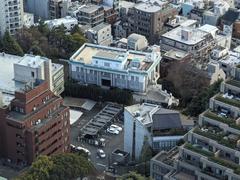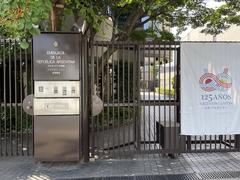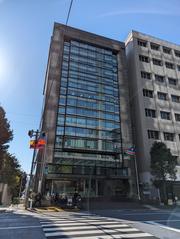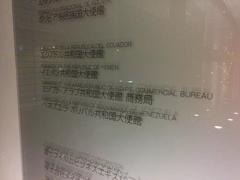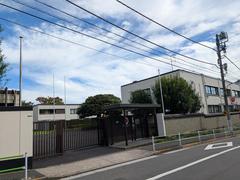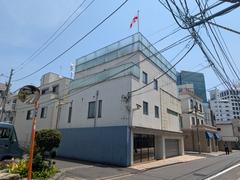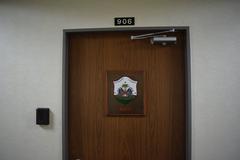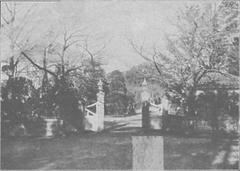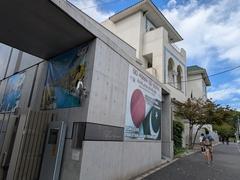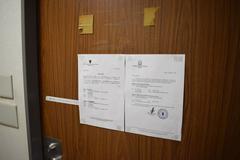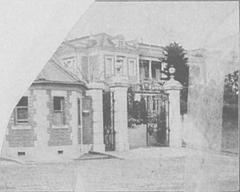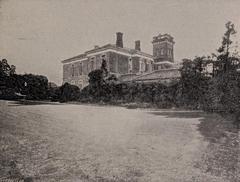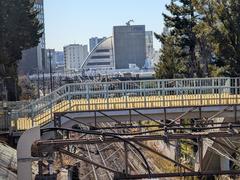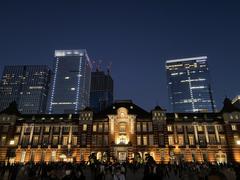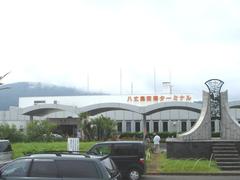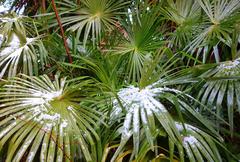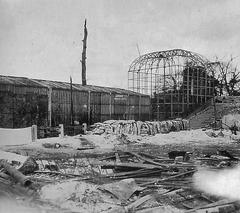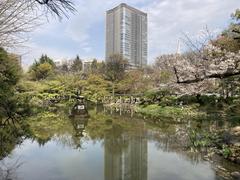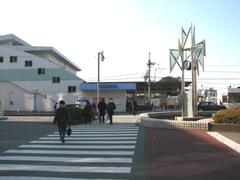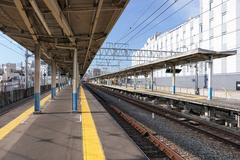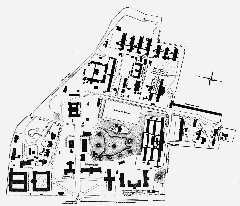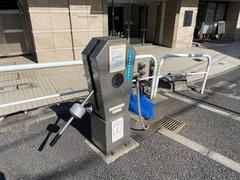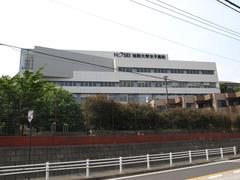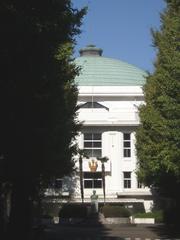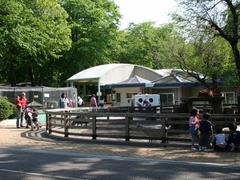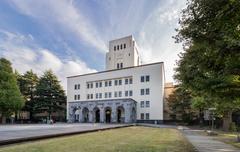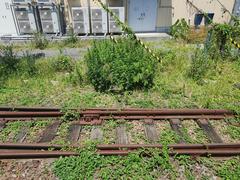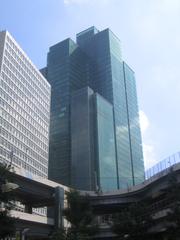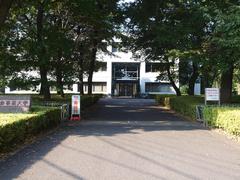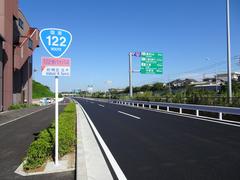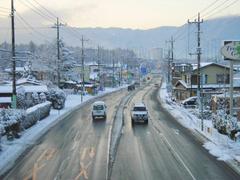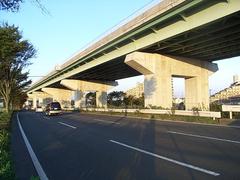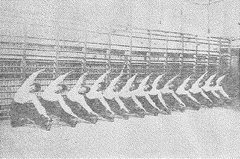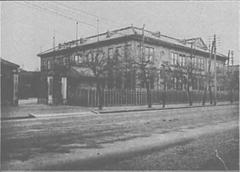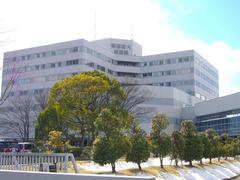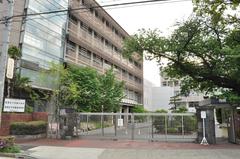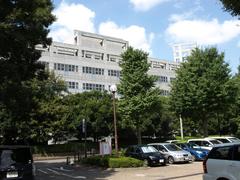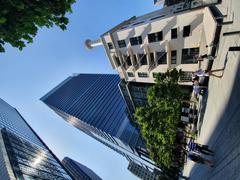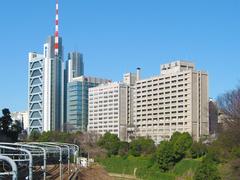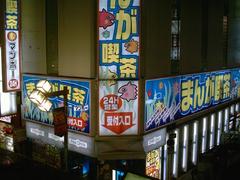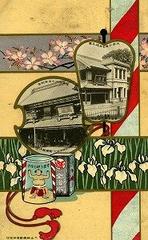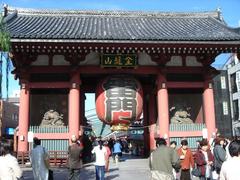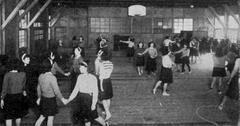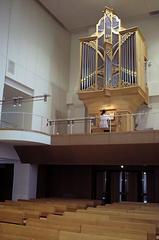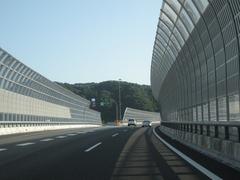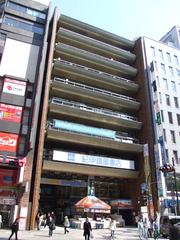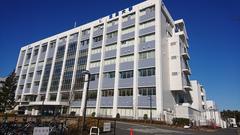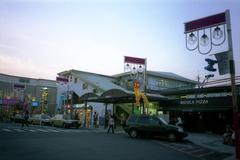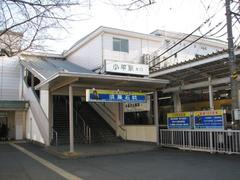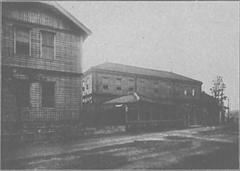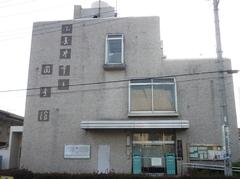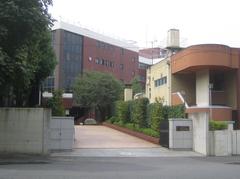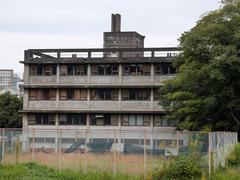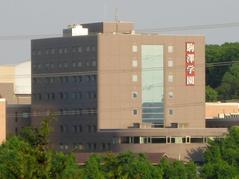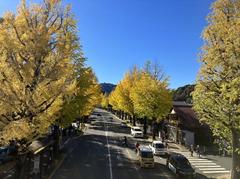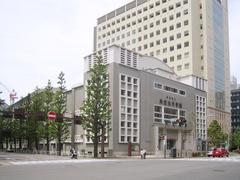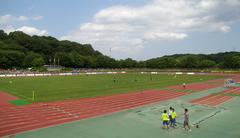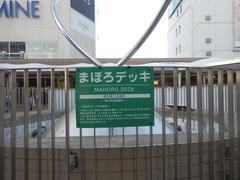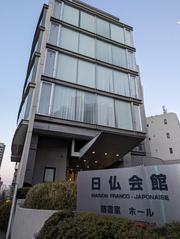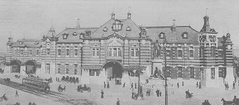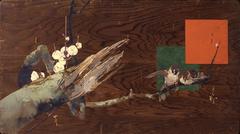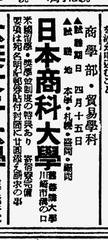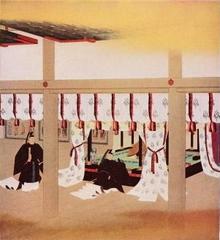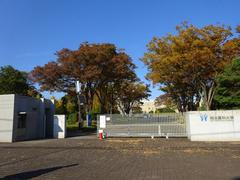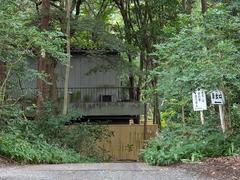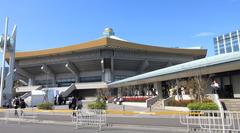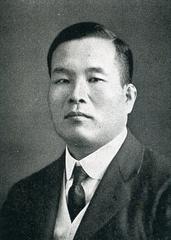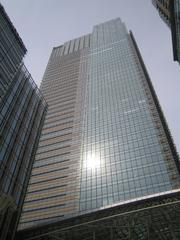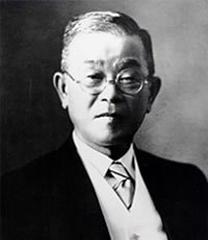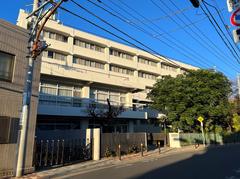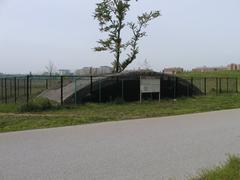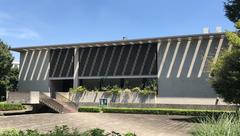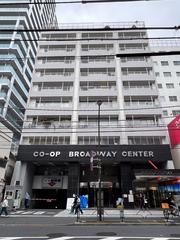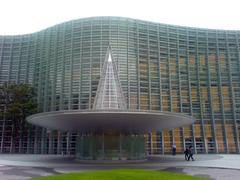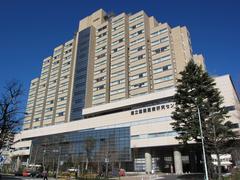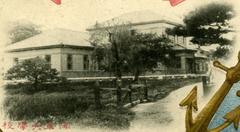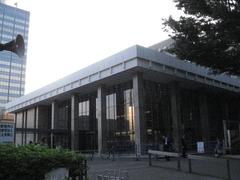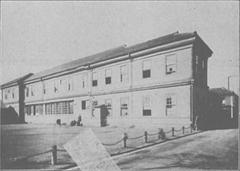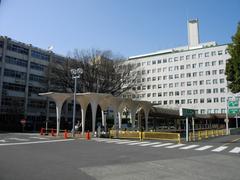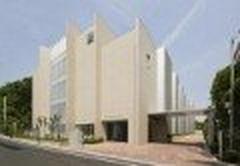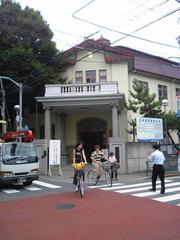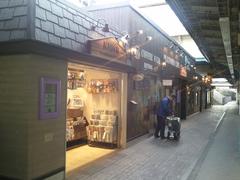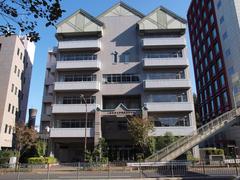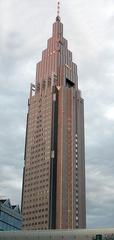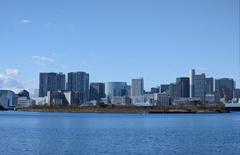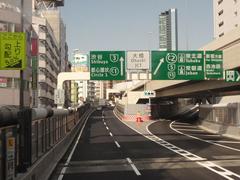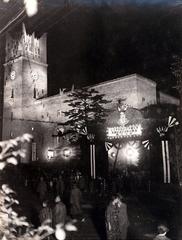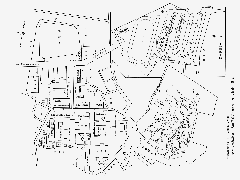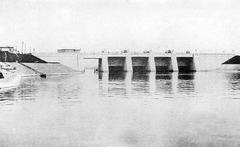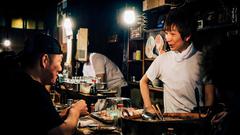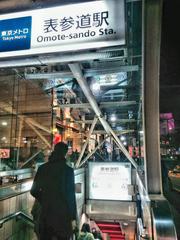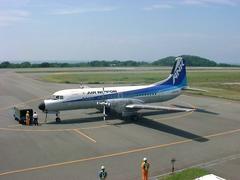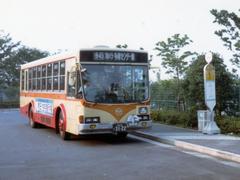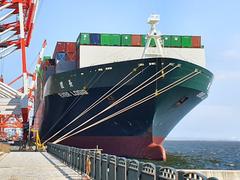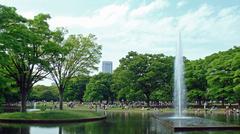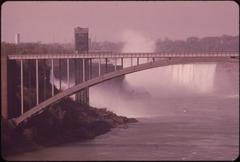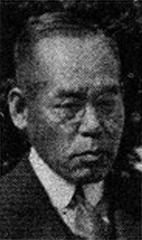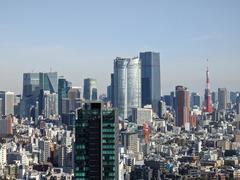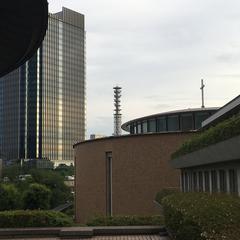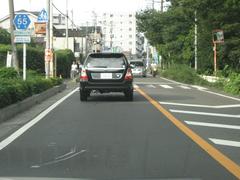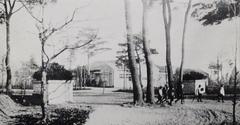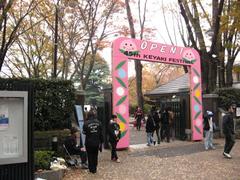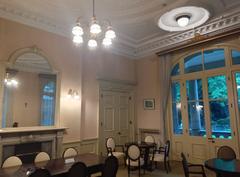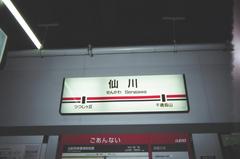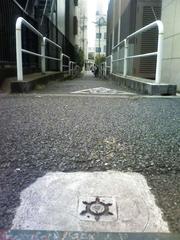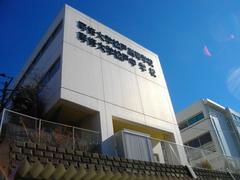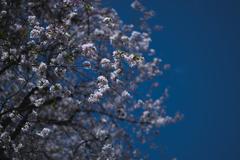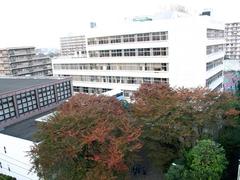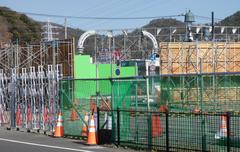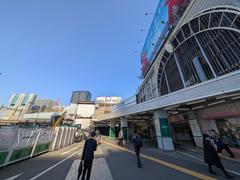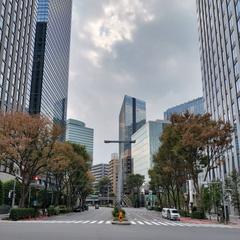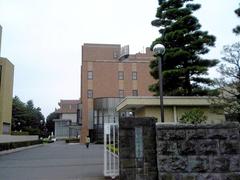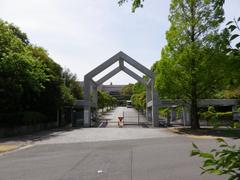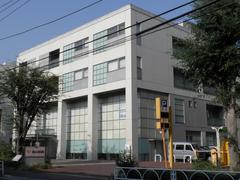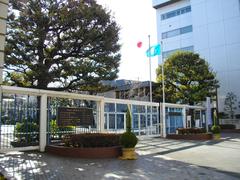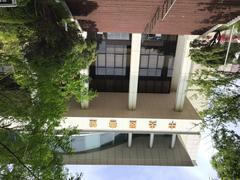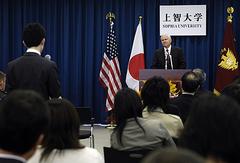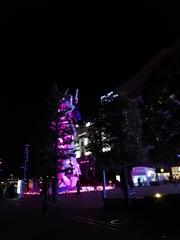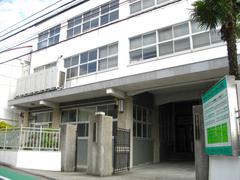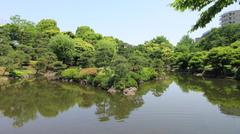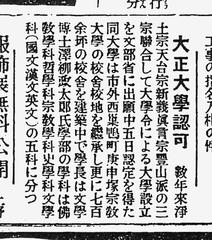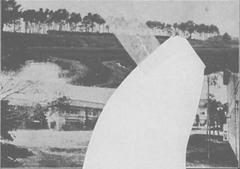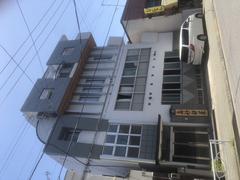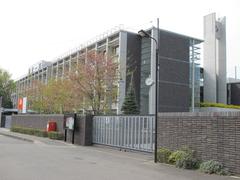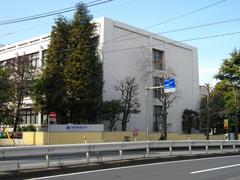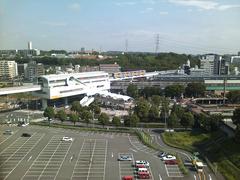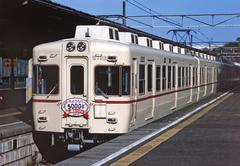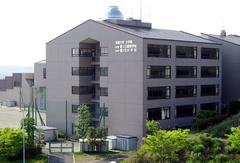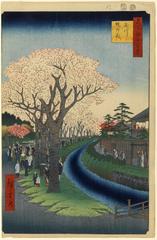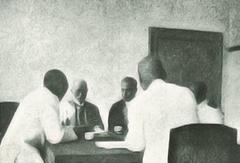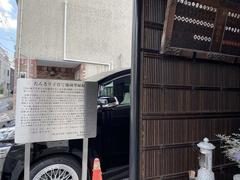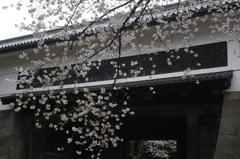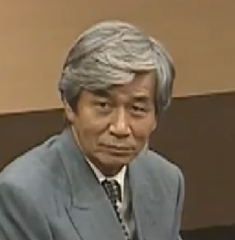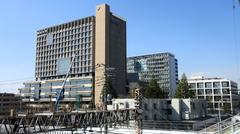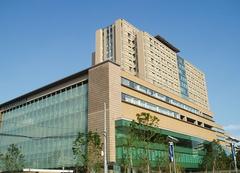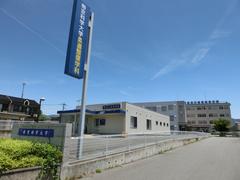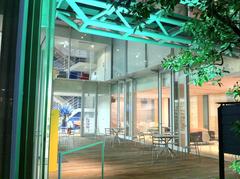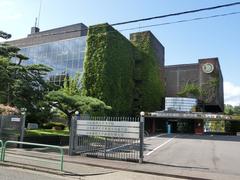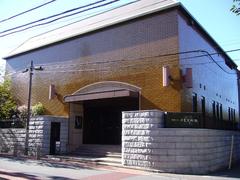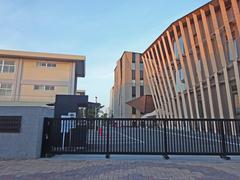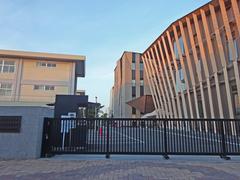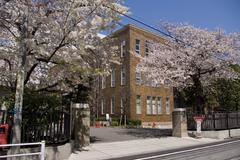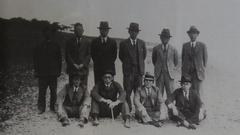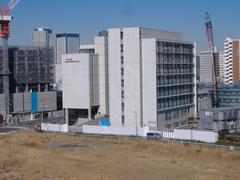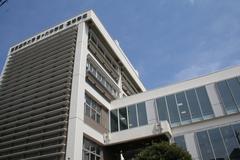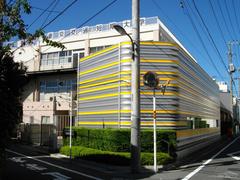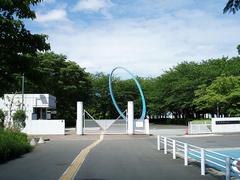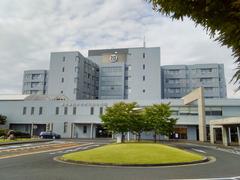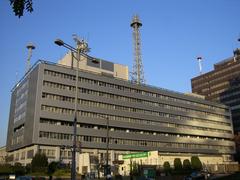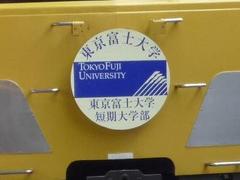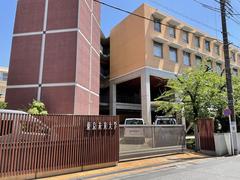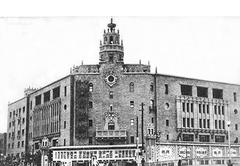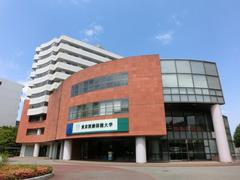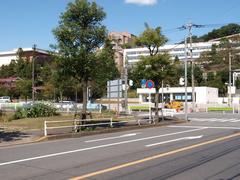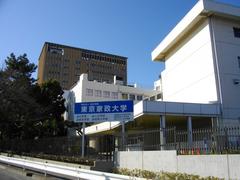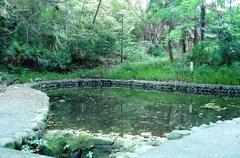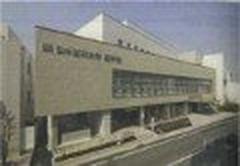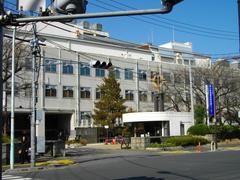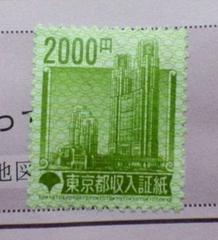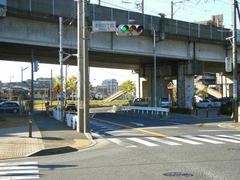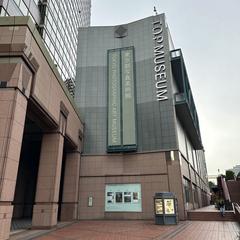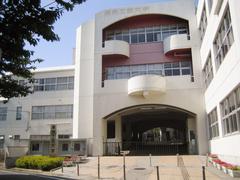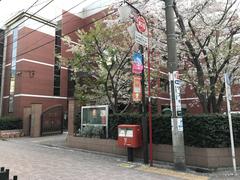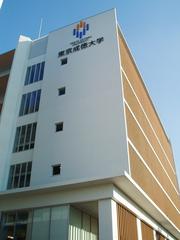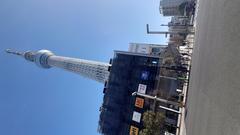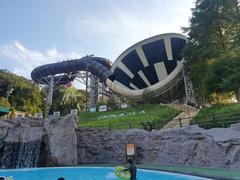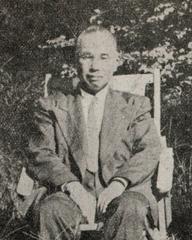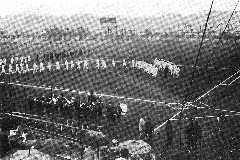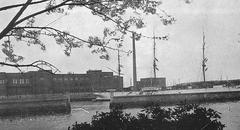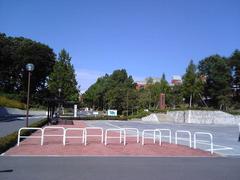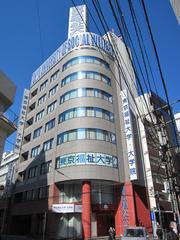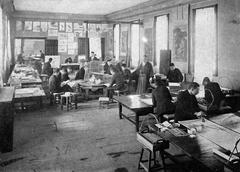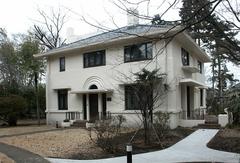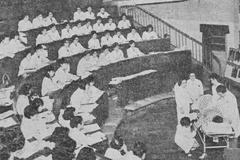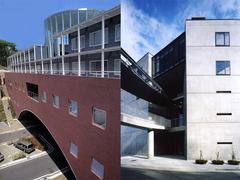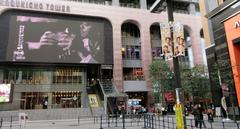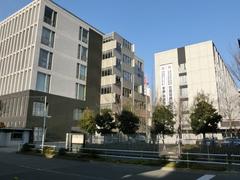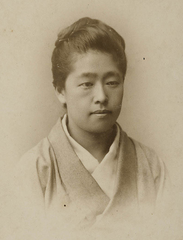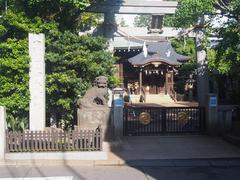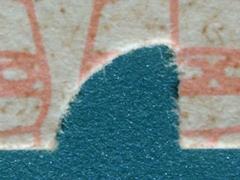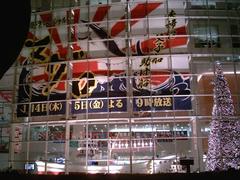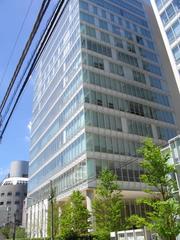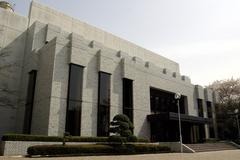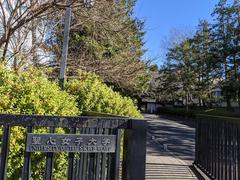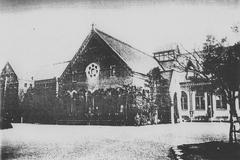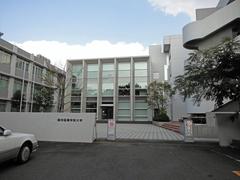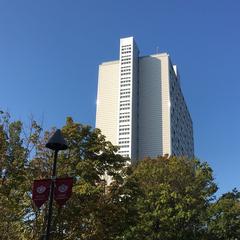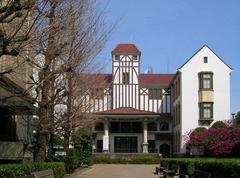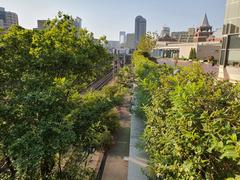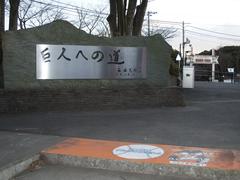Visiting Sakurabashi: Hours, Tickets, and Tips
Date: 23/07/2024
Introduction
Nestled in the vibrant metropolis of Tokyo, Japan, 桜橋 (Sakurabashi), also known as the Cherry Blossom Bridge, is a renowned pedestrian bridge that spans the Sumida River, connecting the bustling districts of Asakusa and Sumida. Constructed in 1985, Sakurabashi is more than a means of crossing the river; it embodies a blend of historical charm and modern architectural prowess. The bridge’s name is inspired by the numerous cherry blossom trees that grace the riverbanks, making it a beloved spot for viewing the iconic cherry blossoms during the hanami season. Visitors to Sakurabashi are treated to stunning views that capture the essence of Tokyo’s natural beauty and urban sophistication (Tokyo Metropolitan Government) (Japan Society of Civil Engineers).
Designed through a collaborative effort of Japanese architects and engineers, the double-arched structure of Sakurabashi is a testament to innovative engineering and aesthetic elegance. The bridge not only provides a picturesque silhouette but also ensures durability against natural elements such as earthquakes and typhoons, which are prevalent in Japan (Tokyo Convention & Visitors Bureau). Beyond its architectural marvel, Sakurabashi holds profound cultural significance. It serves as a prime location for the annual Sumida River Fireworks Festival and the cherry blossom viewing season, drawing thousands of visitors who come to partake in these traditional festivities. Recent renovations, including the installation of energy-efficient LED lighting, have further enhanced its appeal, aligning with Tokyo’s sustainability goals (Sumida River Renaissance).
Table of Contents
- Introduction
- Origins and Early History
- Architectural Design and Construction
- Cultural Significance
- Modern Developments
- Visitor Information
- Historical Events and Milestones
- Preservation Efforts
- Impact on Local Economy
- Future Prospects
- FAQ
- Conclusion
Complete Guide to Sakurabashi - History, Visiting Hours, and More
Origins and Early History
Sakurabashi, located in Tokyo, Japan, is a pedestrian bridge that spans the Sumida River, connecting the districts of Asakusa and Sumida. The bridge’s name, which translates to “Cherry Blossom Bridge,” reflects its proximity to the famous cherry blossom trees that line the riverbanks. The original Sakurabashi was constructed in 1985 as part of a broader urban development initiative aimed at enhancing the aesthetic and functional aspects of the Sumida River area (Tokyo Metropolitan Government).
Architectural Design and Construction
The design of Sakurabashi was the result of a collaborative effort between Japanese architects and engineers. The bridge features a unique double-arched structure, which not only provides a visually appealing silhouette but also ensures structural stability. The arches are made of steel, while the deck is constructed from reinforced concrete, allowing the bridge to withstand both pedestrian traffic and natural elements such as earthquakes and typhoons, which are common in Japan (Japan Society of Civil Engineers).
Cultural Significance
Sakurabashi holds significant cultural importance due to its location and the events it hosts. The bridge is a popular spot for viewing cherry blossoms during the annual hanami (flower viewing) season, attracting thousands of visitors each year. Additionally, it serves as a vantage point for the Sumida River Fireworks Festival, one of Tokyo’s most famous summer events. The bridge’s design and location make it an integral part of these cultural festivities, enhancing the overall experience for both locals and tourists (Tokyo Convention & Visitors Bureau).
Modern Developments
In recent years, Sakurabashi has undergone several renovations to improve accessibility and safety. These updates include the installation of LED lighting, which illuminates the bridge at night, creating a picturesque scene that complements the surrounding urban landscape. The lighting system is designed to be energy-efficient and environmentally friendly, aligning with Tokyo’s sustainability goals (Sumida River Renaissance).
Visitor Information
Visiting Hours
Sakurabashi is open to pedestrians 24/7, making it a convenient stop at any time of day or night. The best times to visit are during the cherry blossom season in spring and the fireworks festival in summer.
Ticket Prices
There is no admission fee to access Sakurabashi, making it an affordable attraction for all visitors.
Travel Tips
- Accessibility: The bridge is fully accessible, with ramps and smooth pathways suitable for wheelchairs and strollers.
- Nearby Attractions: While you’re in the area, consider visiting the Asakusa district, home to the famous Sensoji Temple, or take a leisurely stroll along the Sumida River.
- Photographic Spots: The best spots for photographs are from the center of the bridge, where you can capture the stunning views of the cherry blossoms or the fireworks.
Historical Events and Milestones
Several historical events have taken place on or around Sakurabashi, further cementing its status as a landmark. For instance, the bridge was a focal point during the 2020 Tokyo Olympics, where it was featured in various promotional materials and served as a backdrop for numerous media broadcasts. Additionally, Sakurabashi has been the site of various cultural performances and public art installations, contributing to its reputation as a hub of artistic and cultural activity (Olympics Official Website).
Preservation Efforts
Efforts to preserve Sakurabashi and its surrounding environment are ongoing. The Tokyo Metropolitan Government, in collaboration with local communities and environmental organizations, has implemented several initiatives aimed at maintaining the bridge and the Sumida River’s ecological health. These initiatives include regular cleaning and maintenance, as well as programs to protect the local flora and fauna. The preservation of Sakurabashi is seen as essential to maintaining the cultural and historical integrity of the area (Sumida River Renaissance).
Impact on Local Economy
Sakurabashi has had a positive impact on the local economy, particularly in the tourism and hospitality sectors. The bridge attracts a steady stream of visitors, which benefits nearby businesses such as restaurants, cafes, and souvenir shops. Additionally, the bridge’s popularity has spurred investment in local infrastructure, including improved public transportation and enhanced pedestrian pathways, making the area more accessible and attractive to tourists (Tokyo Tourism Statistics).
Future Prospects
Looking ahead, Sakurabashi is expected to continue playing a vital role in Tokyo’s urban landscape. Plans are in place to further integrate the bridge into the city’s broader tourism strategy, including the development of new attractions and amenities in the surrounding area. These efforts aim to enhance the visitor experience while preserving the historical and cultural significance of Sakurabashi (Tokyo 2040 Vision).
FAQ
Q: What are the visiting hours for Sakurabashi?
A: Sakurabashi is open to pedestrians 24/7.
Q: Is there an admission fee to visit Sakurabashi?
A: No, there is no admission fee.
Q: What are some nearby attractions?
A: Nearby attractions include the Asakusa district and the Sensoji Temple.
Q: Is Sakurabashi accessible for wheelchairs and strollers?
A: Yes, the bridge is fully accessible.
Conclusion
Sakurabashi is more than just a pedestrian bridge; it’s a cherished landmark with a rich history, significant cultural impact, and ongoing developments that continue to enhance its appeal. Whether you’re interested in its architectural design, cultural events, or simply looking for a scenic spot to visit, Sakurabashi offers something for everyone. Don’t forget to check out our other posts and follow us on social media for more updates about Tokyo’s historical sites.
Call to Action
Planning a visit to Tokyo? Download our mobile app Audiala for more travel tips and guides to Tokyo’s historical sites. Follow us on social media to stay updated!
References
- Complete Guide to Sakurabashi - History, Visiting Hours, and More, 2024, Tokyo Metropolitan Government
- Complete Guide to Sakurabashi - History, Visiting Hours, and More, 2024, Japan Society of Civil Engineers
- Complete Guide to Sakurabashi - History, Visiting Hours, and More, 2024, Tokyo Convention & Visitors Bureau
- Complete Guide to Sakurabashi - History, Visiting Hours, and More, 2024, Sumida River Renaissance
- Complete Guide to Sakurabashi - History, Visiting Hours, and More, 2024, Olympics Official Website
